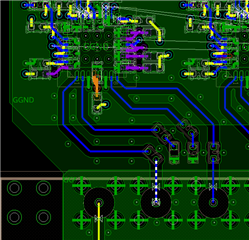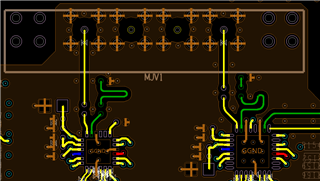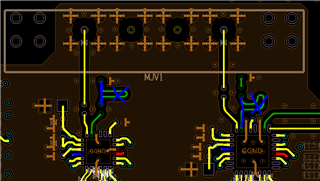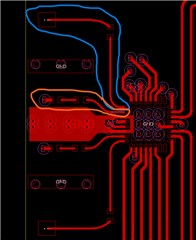Other Parts Discussed in Thread: LMH1219, LMH1297, LMH1297EVM
hello,
I need help with the 75ohm lines. The datasheet tells me " The trace routing for SDI_OUT1+ and
SDI_OUT1– should be as symmetrical as possible, with approximately equal lengths and equal loading."
It doesn't tell me the tolerance... how much does it matter?

My video path is LMH1219 to 2 LMH1208.
I'm trying to figure out what to do, should I use serpentine technique? to match the total length?
(I'm on 3G SDI).




